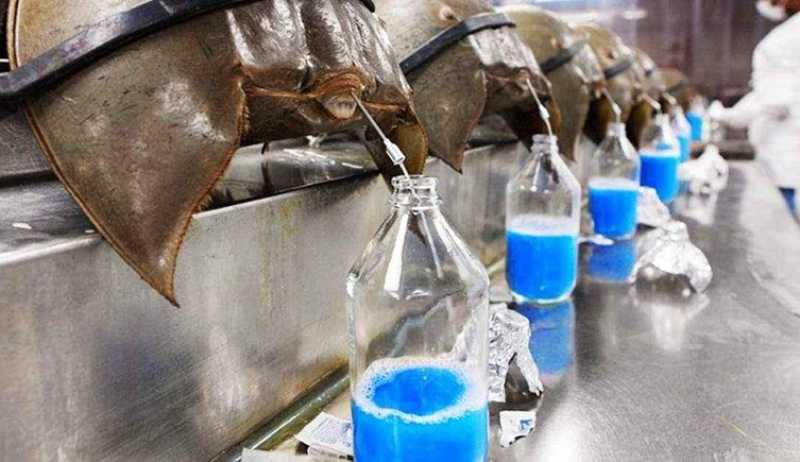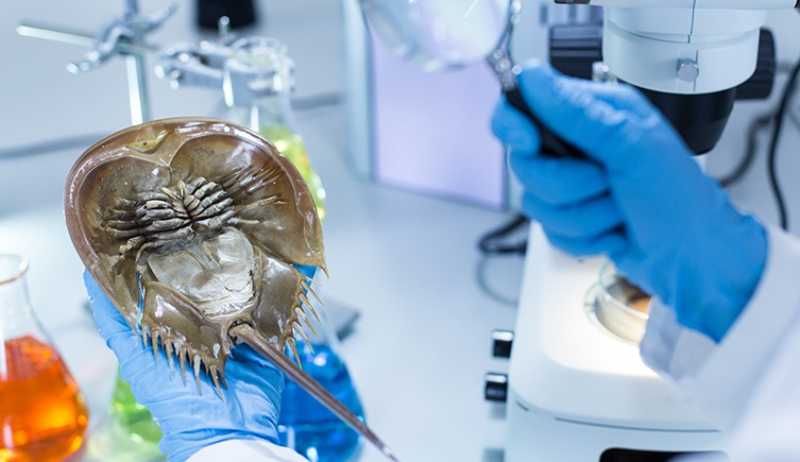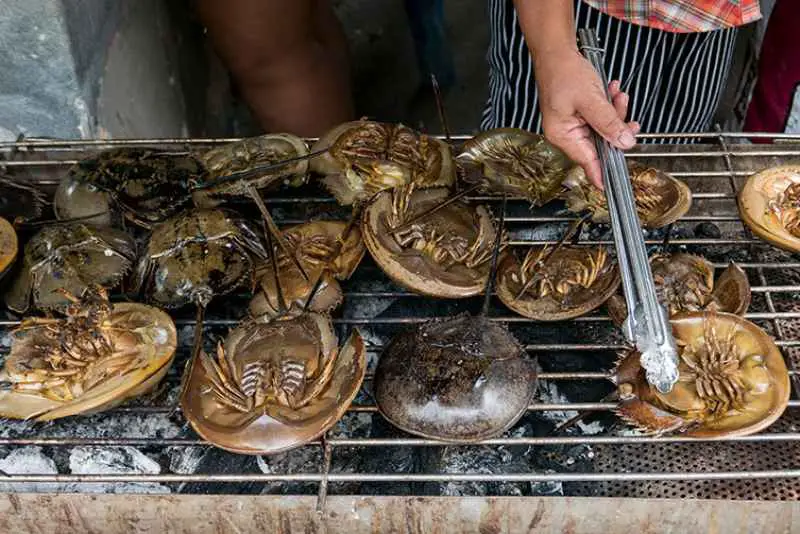Horseshoe Crab Blue Blood: Why is Horseshoe Crab blood so important?

Horseshoe crabs have been alive for 450 million years, making them older than dinosaurs. It implies they witnessed the extinction of millions of other species and lived through cold ages. They have not only been wonderful ‘living fossils,’ but they have also contributed to the survival of the majority of us.

Image © Jarous/Shutterstock
Horseshoe Crab Facts
The horseshoe crab’s blood is valuable to our biomedical sector because of the simplicity of its immune system. In an environment that may potentially include billions of germs per milliliter, horseshoe crabs are always at risk of illness. The immunological and blood coagulation systems of the horseshoe crab protect it against infection.

The horseshoe crab’s blood has a bright blue color and it contains a substance called LAL, or Limulus Amebocyte Lysate, which helps it fight infections. When unfavorable organisms such as Gram negative bacteria are present, these proteins are produced, causing the animal’s blood to clot around the wound and germs, saving the animal from further damage.
Why is the horseshoe crab’s blood important to humans?
You owe the horseshoe crab a debt of gratitude if you’ve ever received a vaccine, or have given your pet a rabies vaccination. Vaccines, injectable medications, intravenous solutions, and implanted medical devices for people and animals are proven to be safe using a test derived from horseshoe crab blood.
Fred Bang, a medical researcher, discovered in 1956 that when horseshoe crab blood reacts with endotoxin, cells called amebocytes clot and create a solid mass. Scientists developed a test using Limulus Amebocyte Lysate, or LAL, that analyzes new vaccinations for contamination using these smart blood cells.
Since the 1970s, this approach has been used all over the world to prevent medical workers from injecting people with microorganisms that may make them extremely sick. Horseshoe crab lysate was authorized for usage by the US Food and Drug Administration in 1977.
Pharmaceutical corporations capture half a million Atlantic horseshoe crabs each year, bleed them, then release them back into the water, where many would die. Overharvesting of crabs for fishing bait, along with this practice, has resulted in a reduction in the species over the last few decades.

Perhaps science can engage and “pay back” the animal for everything it has done for humans. Researchers are concentrating their efforts on cultivating and generating LAL without the need of the horseshoe crab, and are looking into the possibility of cultivating and producing LAL from alternative sources.
Why Is Blood Taken From Horseshoe Crabs So Expensive?
The World’s 5 Largest Crustaceans
Why Are Things Continually Evolving Into Crabs?
Must READ!
Lion’s Mane Jellyfish: The World’s Largest Jellyfish Ever Recorded. CLICK HERE

